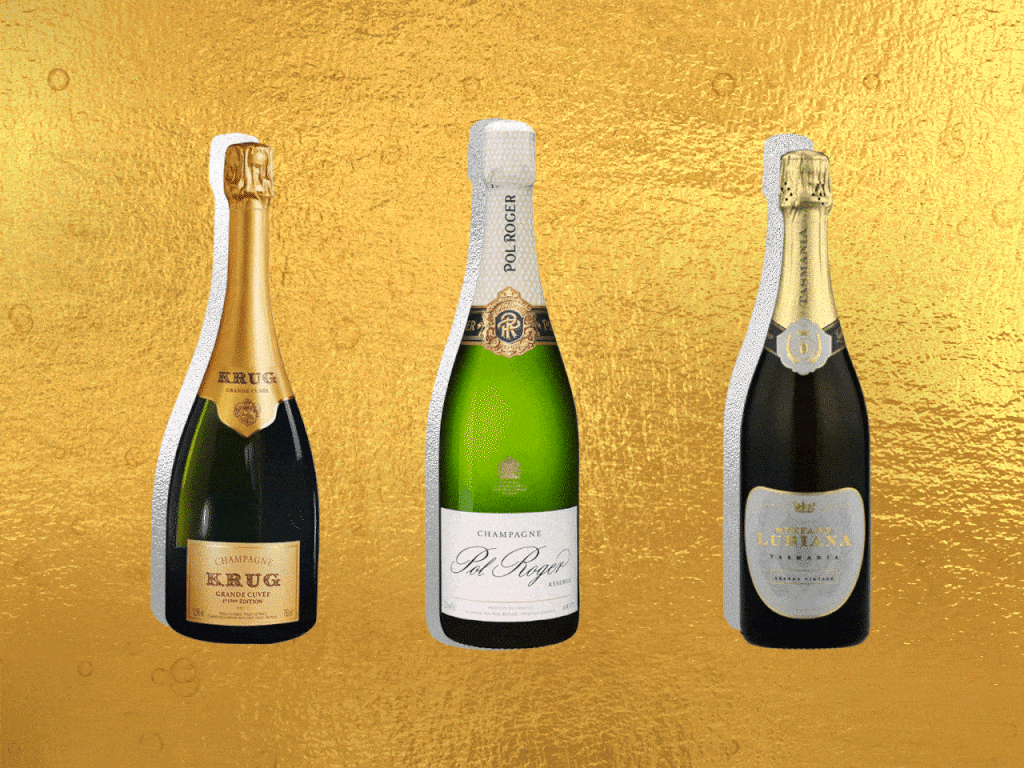Halliday’s Top 100: Even with tough times looming, there’s reason for cheer
Many factors have rained blows on the wine industry over the past 30 years. And there is the changing climate to consider. But our Top 100 makes for happier reading.

The aphorism that all droughts end in floods held true for the 2023 vintage in NSW, South Australia, Victoria and Tasmania. Incessant rain during flowering led to a national crush of 1.32 million tonnes, 26 per cent below the 10-year average and the lowest since 2000. But we weren’t alone in the southern hemisphere: Argentina and South Africa had their smallest vintages for over 10 years, and Chile was down by 15 per cent.
For more than a decade, with the exception of 2017, world wine production has exceeded consumption year-on-year. Since 2012, the average annual excess has been 3 billion litres, more than double Australia’s average annual production of 1.25 billion litres. The overnight disappearance, in 2021, of China’s (then) incredibly important thirst for premium Australian wines has forced us to change our export mix, with more focus on commercial wines (under $US10 per bottle), a sector in long-term decline and with wafer-thin margins. Overall, the value of Australia’s exports declined by 10 per cent to $1.87 billion, while volume declined 1 per cent to 621 million litres.

In March the Australian Bureau of Agricultural and Resource Economics and Sciences issued its five-year forecast for wine and wine grapes, the crunch line a decline in production of 1.2 million tonnes by 2027-28. Factors leading to this bleak outlook are current pressures on demand, reduced water availability, significant input cost increases, ageing grape vines, grape prices at a historic low, and a cohort effect where a large share of grape growers are now aged over 60. What to make of these declines? The wine industry does not and cannot respond quickly to change. Wine is classified by accountants and bankers as FMCG (fast-moving consumer goods), but its birth-to-death cycle is seven years. The global financial crisis of 2007-08, Covid 19, and the abrupt disappearance of China (our largest and most profitable market) have all rained blows on the wine industry over the past 30 years. And there is the changing climate to consider.
Our Top 100, this year split between Saturday’s edition and next weekend, makes happier reading. In all, 270 five-star wineries were invited to submit up to six of their best wines; the response from 190 of Australia’s best wineries was the submission of 989 wines.
To dissect the four groups of 20 table wines in this year’s Top 100 (priced under and over $30 for whites, and under and over $40 for reds, with the more affordale wines revealed next week), we arrive at the identities of these wines and their varietal make up. Because the merits of all the wines submitted are so similar, I have again endeavoured to restrict each winery to one place in the final list of 80 wines. Last year five wineries had two wines; this year I cut the number of dual entry wineries to two, and as a result, 78 different wineries are represented.
The other groups of Australian sparkling (eight) and champagne (12) were selected on a similar “spread basis”, with one dual entry – Pol Roger – in its group. Which leads to the varieties in the context of the national crush. The best performers in red varieties included sangiovese (into the top 10 list for the first time, in tenth place, with 5127 tonnes) and grenache (which moved up to seventh place, with 13,597 tonnes). Pinot noir (with 39,631 tonnes, on a value basis of $72,642,329) was in third place, after the two big boys of cabernet sauvignon (151,216 tonnes) and shiraz (346,156 tonnes).

There was very little change in the top 10 white varieties, with the same varieties as last year. Chardonnay rules the roost with 253,887 tonnes valued at $154,623,046. It’s the fifth most widely planted variety in the world, and Australia has roughly 10 per cent of global plantings. By volume it is Australia’s largest export (ahead of shiraz). The ubiquitous sauvignon blanc (85,961 tonnes valued at $71,176,499) was second, and pinot gris next (with 55,885 tonnes, $43,552,886). Semillon’s 49,119 tonnes ($26,580,061) was fourth, and riesling’s 20,517 tonnes ($26,826,178) had the distinction of a fall of only 1 per cent.
Coming back to the Top 100 wines, the varietal composition in each group of 20 table wines varied widely. Pinot noir chalked up one wine in the under $40 category, and seven in the over $40 group – a split similar to shiraz, with three under $40, and eight very distinguished shirazs in the over $40 bracket. Grenache made up for its absence in the over $40 group with four in the under $40 group (grenache shiraz mourvedre is treated as an honorary inclusion here), with two wines at $33 and $18 from Chapel Hill. The GSM’s $18 price tag made it one of the first inclusions in the Top 100, but it would be a surprise if it holds on to this price next year. Cabernet sauvignon and its blends fared well in both the under (a pleasing surprise) and over $40 groups. The preponderance of ’21 and ’22 vintages underwrote all the reds, with an unprecedented showing of three sangioveses (plus newcomers barbera, touriga nacional and mencia).
I finish this review of red wines by pointing to the four 99-point wines, on the way picking up the sole 99-point white, Leeuwin Estate Art Series Chardonnay 2020. The four magnificent reds are Pooley Butcher’s Hill Pinot Noir 2022, Swinney Farvie Mourvèdre 2021, Teusner Albert Shiraz 2021, and Henschke Hill of Grace 2018. The last needs no comment or explanation: it’s a superb wine that revelled in the vintage. The Pooley wine comes from a perfect vintage, and is the greatest Australian pinot noir I have tasted; it will stand unbounded by the might of Burgundy, and there’s more to come. The Swinney mourvèdre is the production of limitless investment of time, money and lateral thinking. The Teusner is only one of a handful of Barossa shirazs I have awarded such a rating. I look forward to sharing the remainder of the Top 100 next week.
BEST AUSTRALIAN SPARKLING AND CHAMPAGNES




To join the conversation, please log in. Don't have an account? Register
Join the conversation, you are commenting as Logout